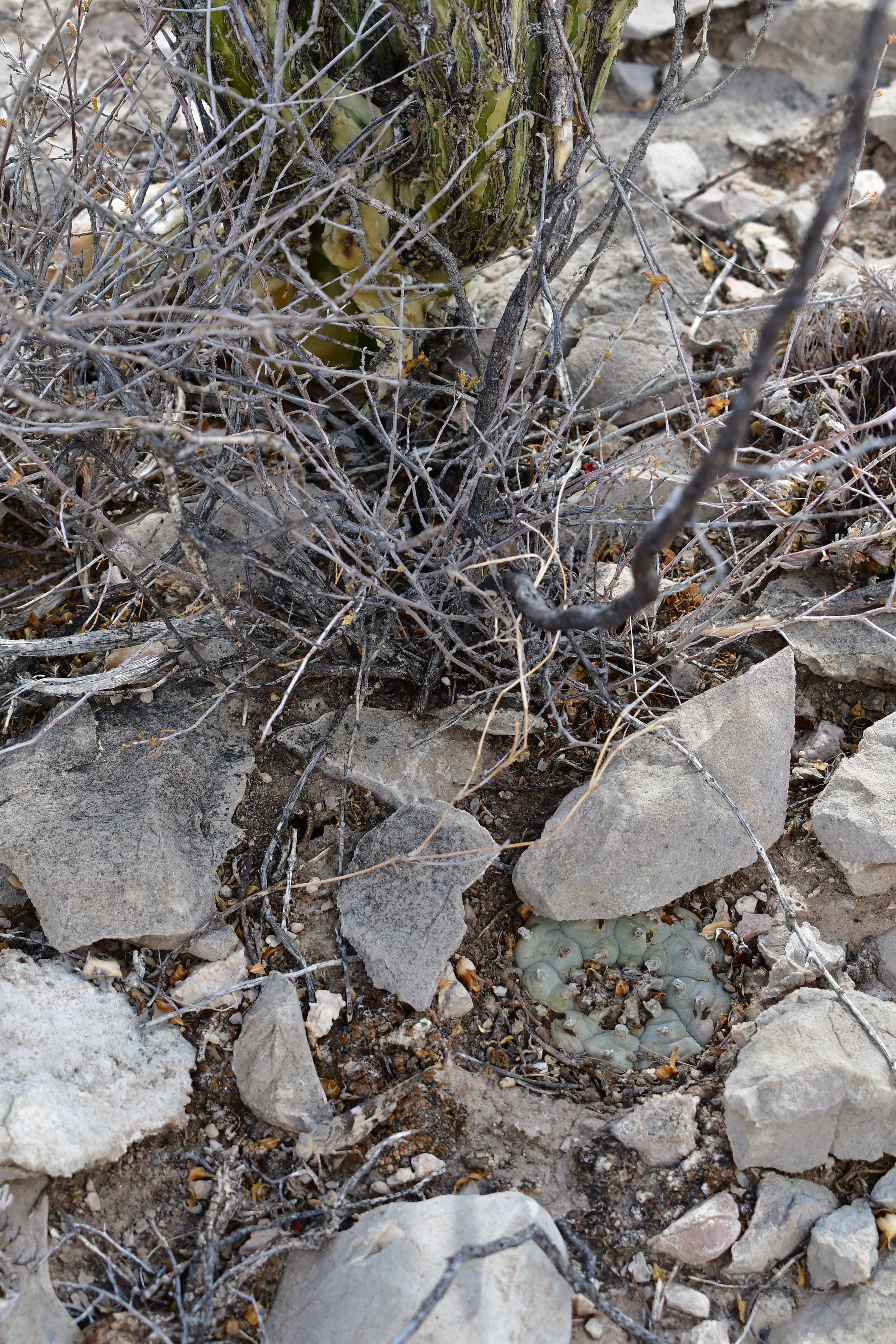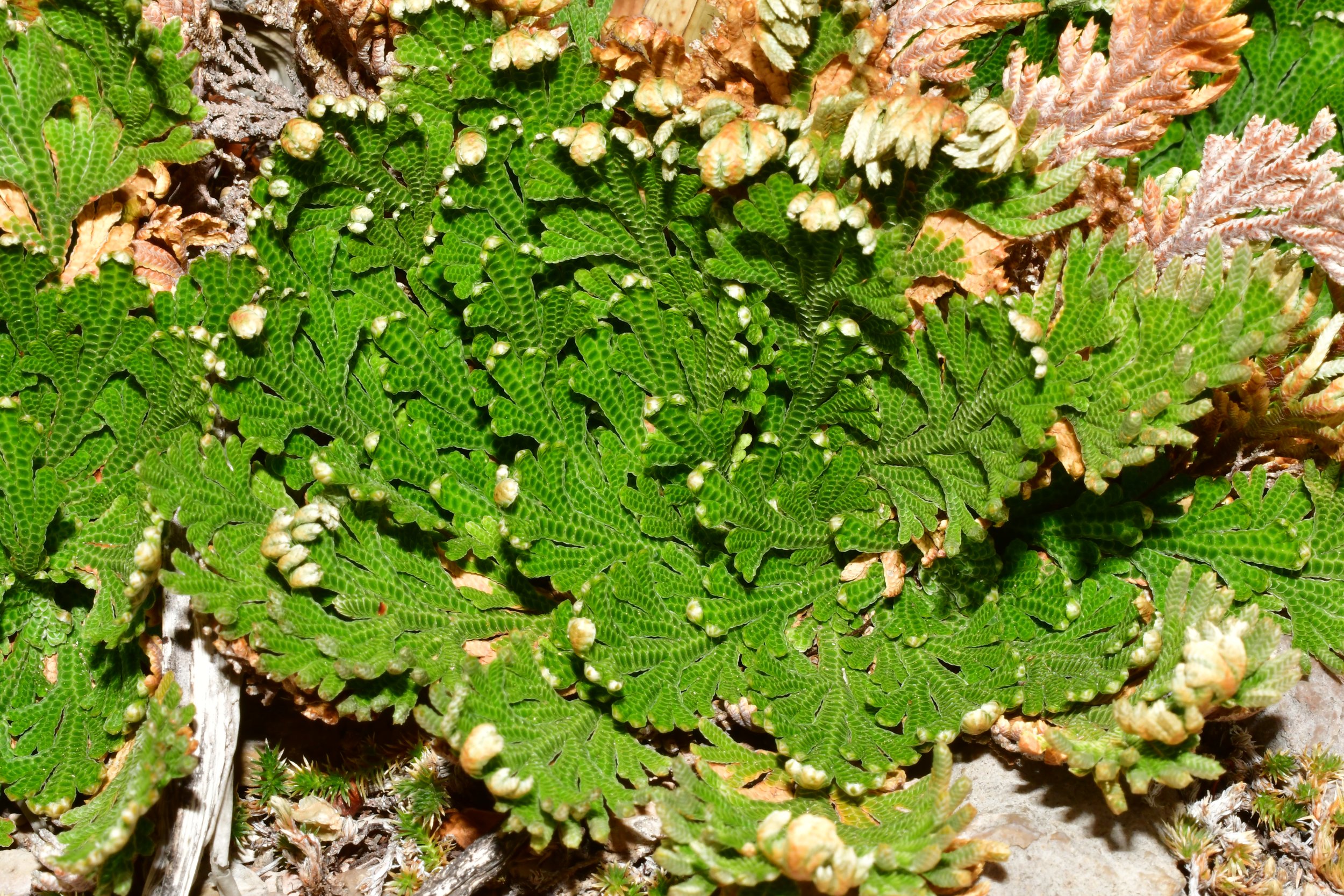WEST TEXAS PEYOTE HABITAT & a 20 MINUTE DOWNPOUR
I had the pleasure yesterday of visiting a modest but wide population of Lophophora williamsii as well as a few other notable and utterly cool species of plants, ending the day with a much-needed 20 minute downpour of rain and one of West Texas’s many intoxicating sunsets.
For those that don’t know, the habitat in West Texas is much drier and much different from where the only other US population of the Peyote Cactus grows, in South Texas. In South Texas, the climate in summer ( and sometimes in winter, too!) is more akin to a 24 hour Bikram Yoga studio. That is, 103 degrees F with 75% humidity, with humidity tapering off the farther you get from the Gulf Coast. Peyote used to occur in Hidalgo County, further East, but that population was likely extirpated decades ago, and as Hidalgo County is much more densely populated than Starr or Zapata County, peyote is likely extinct there. The ideal habitat for peyote in South Texas is on limestone caliche soils, growing beneath other shrubs such Texas Persimmon (Diospyros texana), Blackbrush “Acacia” (Vachellia rigidula), or other often leguminous shrubs and small trees. As this area is more humid and less prone to drought (often receiving rainstorms from the Gulf), the population here is mostly only threatened with human development, not climate change.
The populations of Peyote further West, in much drier habitats, like Presidio County, where it frequently grows beneath Ocotillo (Fouquieria splendens) or Candelila (Euphorbia antisyphillitica), are much more likely to be affected by drought and increasingly drier climatic conditions that climate models (and data) seem to indicate those regions will be experiencing. And this is exactly what we witnessed yesterday : many peyote looking extremely drought stressed, displaying pinkand red stress pigments (betalains since these are in order Caryophyllales and all members of this order save for two families still retain this synapomorphy for betalains that the lineage evolved millions of years ago). Many plants looked incredibly shriveled, and it seemed amazing that they were growing here - in such a barren habitat - at all. My friend Dr. Martin Terry, having dedicated his life to studying this plant and much more knowledgeable than I about it - insisted that they would survive, however. Regardless, we poured some water on the plants. This turned out to be unnecessary though, because half an hour later we graced with a magnificent and sudden twenty minute downpour.
Any peyote that were growing in shadier conditions, say at the base of a rockwall, were much healthier-looking though, and we did see a few of these. We also saw the notorious Koeberlinia spinosa in flower. This plant also occurs in South Texas and Northern Mexico and is a spiny stem-photosynthesizer that is bizarre enough to be the only species in its family and is related to mustards (Order Brassicales).
We also saw a few specimens of the living rock cactus, Ariocarpus fissuratus, looking good, too.

























